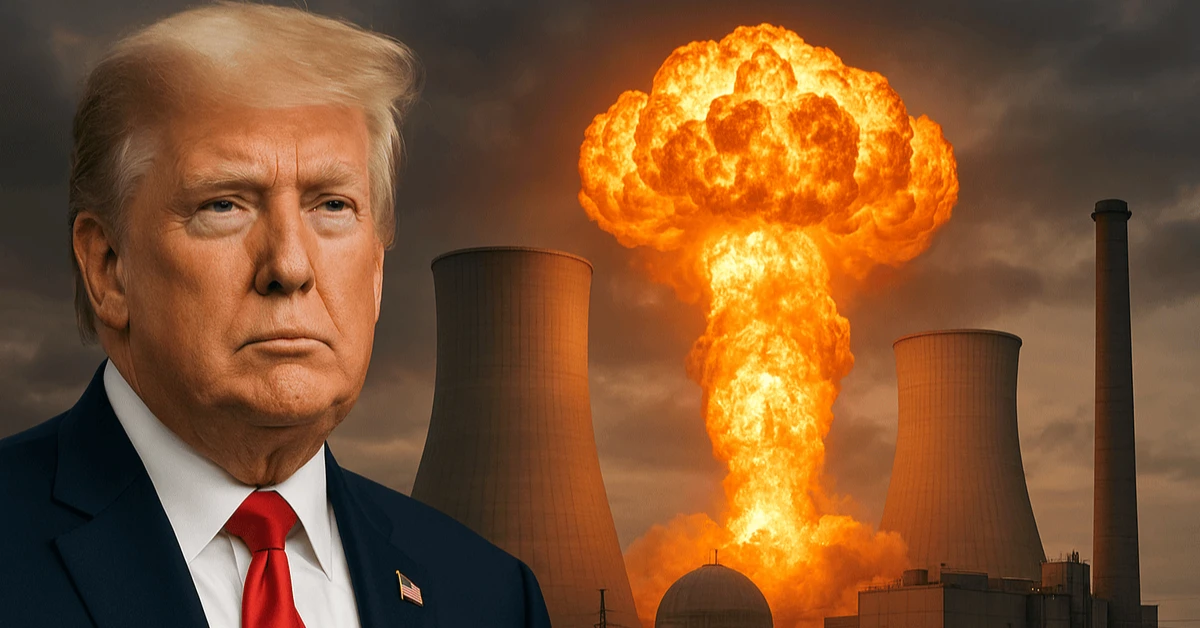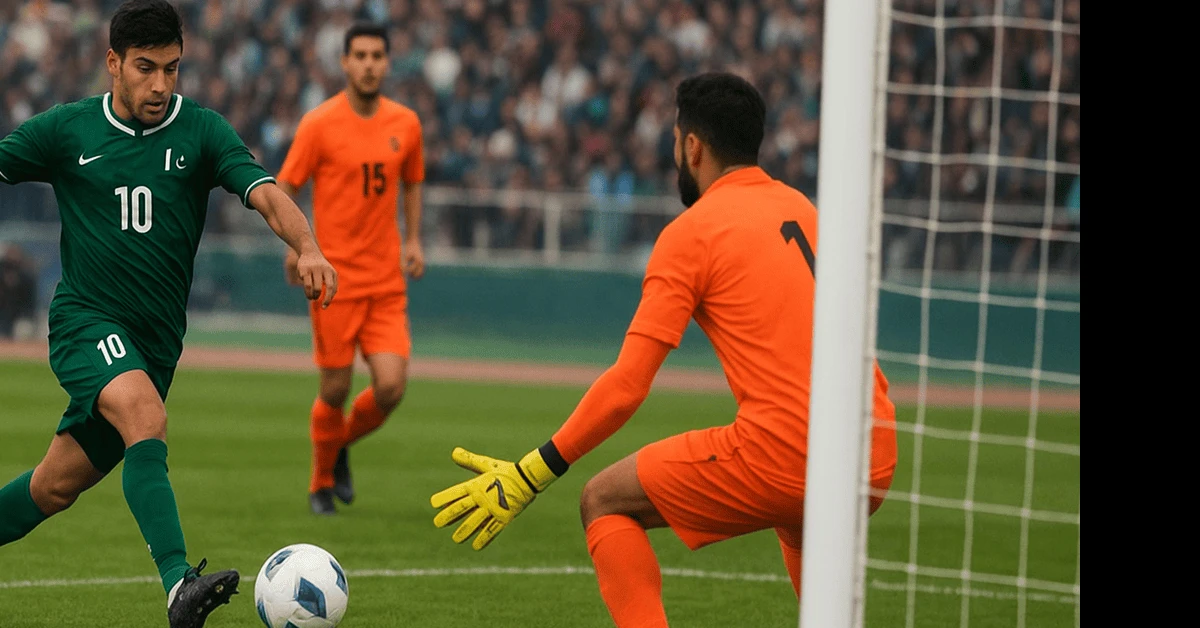Last Updated: November 4, 2025
Trump’s Nuclear Allegations: China, Russia, Pakistan & What It Means

U.S. President Donald Trump recently claimed that several countries, including China, Russia and Pakistan, have been conducting nuclear weapons tests. His remarks and the subsequent U.S. comments about resuming certain types of testing have generated widespread diplomatic reaction and alarm among policymakers and analysts. This article provides a clear, neutral summary of what was said, how the named countries responded, what independent evidence is publicly available, and the wider implications — including how countries moving away from nuclear infrastructure, such as Germany, fit into the picture.
What was said
In public comments and social media posts, Trump asserted that Russia and China are testing and suggested Pakistan has been testing as well. He said the United States should not be the only country that does not test, and directed U.S. military and relevant agencies to resume testing activities. U.S. officials subsequently clarified that planned activity would focus on non-explosive system tests rather than immediate full-yield detonations, but the statements marked a sharp shift in tone on nuclear testing policy.
Official responses from China, Russia and Pakistan
Each country responded quickly. China called the allegations baseless and reaffirmed its declared no-first-use policy. Russia denied any public confirmation of new explosive tests, and official spokespeople urged that allegations be based on credible evidence. Pakistan also issued a denial, stating it would not be the first to resume nuclear explosive testing. The denials are important: they show the claimed activity remains contested in public discourse.
What public evidence exists
At present there is no open, independently verifiable public record that shows full-yield explosive nuclear tests by Pakistan or China in recent months. Some U.S. intelligence statements reported by press outlets suggest assessments that certain activities may have taken place that exceed non-explosive thresholds; however, intelligence conclusions are often classified and not published in full. The distinction between types of tests matters: sub-critical experiments, component tests, hydrodynamic tests, or changes in yield thresholds are technically different from full atmospheric or underground nuclear detonations and are treated differently under international monitoring regimes.
Why the distinction matters
Nuclear testing is measured against thresholds that have legal, diplomatic and technical meaning. A full-yield detonation is visible to many monitoring systems and has clear environmental and treaty implications. Smaller or non-explosive tests can be difficult to interpret publicly and may be claimed or denied without immediate external verification. For policymakers, the type of test affects how states and international institutions respond.
U.S. policy shift and potential consequences
Trump’s public directive to resume testing prompted debate inside and outside the U.S. government. Officials signaled early tests would emphasize validation of systems without necessarily detonating a nuclear device. Nevertheless, even non-explosive testing rhetoric can weaken the global norm against explosive testing that has held since the early 1990s. If major powers move toward reinstating explosive tests, it could trigger reciprocal steps and erode arms control arrangements.
How nations that are dismantling nuclear infrastructure view this
Some countries, particularly in Europe, have moved away from nuclear weapons or nuclear energy infrastructure and stress non-proliferation. Germany, for example, has decommissioned and in some cases dismantled old nuclear facilities as part of long-term energy and disarmament policies. For such nations, renewed talk of testing is deeply concerning because it risks undoing diplomatic gains on non-proliferation and disarmament. Governments that promote renewable energy and disarmament may respond with diplomatic pressure, calls for renewed verification mechanisms, and advocacy for stronger international restraint.
Regional implications for South Asia
Allegations involving Pakistan are especially sensitive in South Asia, where India and Pakistan already have tense strategic relations and established nuclear deterrent postures. Even unproven claims can increase mistrust, prompt pre-emptive military planning, or encourage acquisition of additional capabilities. Regional stability depends heavily on transparent dialogue, confidence-building measures, and international monitoring where possible.
What to watch next
- Any public release of satellite, seismic, or other technical data that would confirm or refute explosive testing.
- Formal statements from international monitoring bodies and treaty organizations regarding detected anomalies or evidence.
- Responses and coordinated diplomatic action from non-nuclear and allied countries urging restraint and verification.
- Clarification from U.S. agencies on the exact nature of any planned tests and whether they are explosive or non-explosive.
Possible global outcomes
There are multiple possible trajectories. The most optimistic is that increased scrutiny and diplomatic engagement lead to transparency, continued restraint, and renewed arms-control negotiations. A more dangerous path would be reciprocal testing or a cascade of escalatory measures that undermine decades of non-proliferation norms. Mid-sized states and non-nuclear countries could feel pressure to strengthen their own defenses or diplomatic alignments, complicating global security.
Conclusion
Donald Trump’s allegations have raised a difficult problem: claims by senior figures can significantly shift public debate and policy even before independent verification is available. At this stage, public evidence remains limited and contested. The international community faces a choice: respond with verification and diplomacy to uphold norms, or allow rhetoric to erode established arms-control frameworks. Countries dismantling nuclear infrastructure, like Germany, are likely to press for verification and restraint. For now, close monitoring, calm diplomacy, and clear technical verification are the most important tools to reduce the risk of miscalculation.
Frequently Asked Questions
Q: Did Trump present public proof that Pakistan tested nuclear devices?
A: No public, independently verifiable proof has been released. The claims referenced intelligence assessments that remain largely classified. Pakistan has denied testing.
Q: Are the planned U.S. tests full nuclear detonations?
A: U.S. officials have indicated planned activity will begin with non-explosive system tests. Whether this leads to explosive detonations is not publicly confirmed.
Q: Could this trigger a new arms race?
A: If major powers resume explosive testing or take reciprocal steps, it could weaken non-proliferation norms and increase the risk of competitive escalation.
Q: How are disarmament-focused countries likely to react?
A: Countries that have dismantled nuclear infrastructure and those invested in non-proliferation are likely to call for calm, verification, and renewed diplomatic efforts to prevent erosion of arms-control norms.
You May Also Like:

Navigating the Storm: How the US-China Trade War is Reshaping Nvidia and the Tech Sector...

Trump’s Economic Shockwaves and the Rise of Gold as the Ultimate Safe Haven...

ICC Issues Arrest Warrant for Netanyahu: What It Really Means...

Shahid Khaqan Abbasi Suffers Heart Attack: What We Know, What It Means and What Comes Next...

Samsung Galaxy A07 Price in Pakistan & Full Review 2025...

OPPO Reno14 5G Price, Specs & Features in Pakistan (2025)...

The Draining Water from the Ground: How Solar Farming in Pakistan Is Creating a Hidden Crisis...
